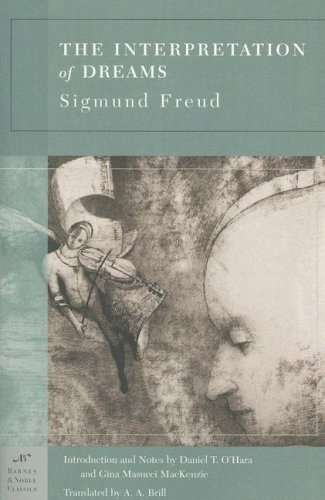“עם כל הבקורת שיש על השקפותיו של פרויד, צורת החשיבה האנליטית שלו מרתקת והמסקנות שלו, בגדול, נכונות ומבוססות על אלפי מקרים אמיתיים שחקר לפרטי פרטים במשך חייו. ניתן גם היום להשתמש בספר כמדריך לפירוש חלומות, לא בצורה פשטנית של אובייקט א' בחלום מסמל אובייקט ב' במציאות, אלא של אנליזה ממשית של החלום על פי הקשרו לחיים שם החולם.”







